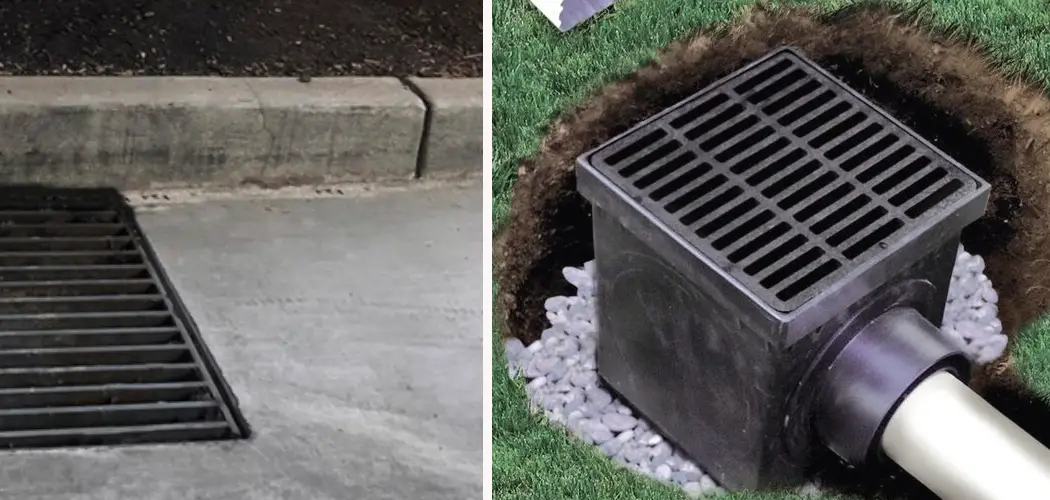A catch basin is a type of infrastructure that collects and stores excess stormwater runoff to prevent flooding in low-lying areas. In addition to improving the safety of communities, catch basins also help protect natural habitats and water quality by reducing the amount of pollutants that enter our streams, rivers, and lakes. A catch basin is an important part of any drainage system.
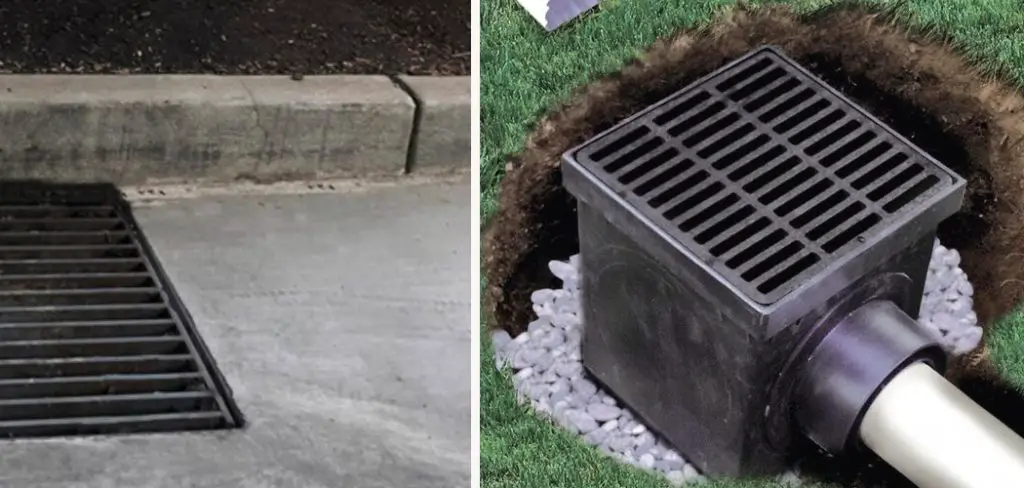
It helps to collect and store excess water, preventing flooding and erosion. If you live in an area prone to heavy rains or have issues with standing water on your property, building a catch basin can be a great solution. In this guide on how to build a catch basin, we will go over the steps to building a catch basin to help you protect your property and the environment.
Materials Needed
To build a catch basin, you will need the following materials:
- Concrete blocks or bricks
- Concrete mix (fast-setting is recommended)
- Gravel
- Perforated pipe
- PVC pipe and connectors
- Drainage fabric or geotextile fabric
- Shovel
- Level
8 Things to Know Before You Start
1) Check Local Regulations
Before you begin building a catch basin, it is important to check with your local government to ensure that you are following any required regulations. Depending on where you live, there may be specific requirements for the size and placement of a catch basin on your property. You may also need to obtain a permit before beginning construction.
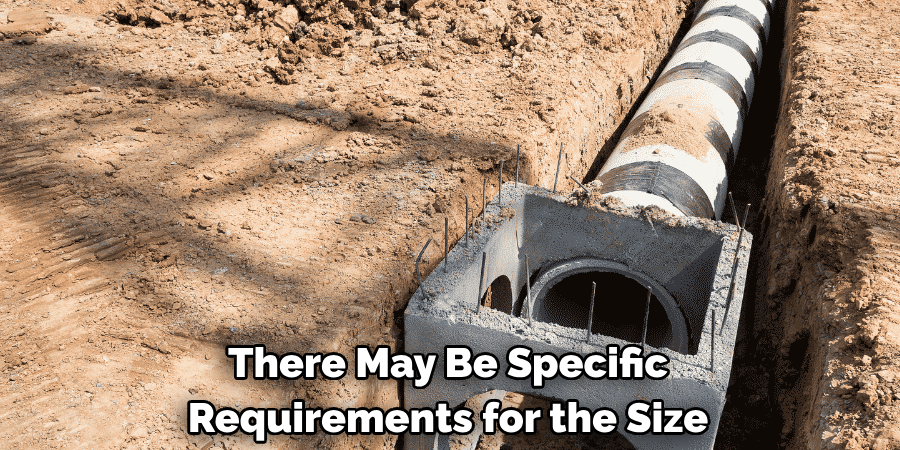
2) Choose an Ideal Location
The ideal location for a catch basin is an area that tends to collect excess water or where you have noticed issues with standing water. It should also be close to a downspout or other source of runoff. Avoid placing the catch basin near trees or large plants, as their roots can cause damage to the infrastructure over time.
3) Consider the Size
The size of your catch basin will depend on the amount of runoff it needs to handle. It’s important to calculate the square footage of the area that drains into the basin and use that number to determine the appropriate size.
4) Prepare the Site
Before you begin building, prepare the site by clearing away any debris or vegetation. Make sure the ground is level and compacted to provide a stable foundation for the catch basin.
5) Choose the Type of Catch Basin
There are two main types of catch basins: dry and wet. A dry basin does not have any standing water in it, while a wet basin has an outlet that allows excess water to flow out. The type you choose will depend on your specific needs and the type of drainage system you have in place.
6) Plan for Maintenance
It’s important to plan for regular maintenance of your catch basin. This may include removing any debris that accumulates and checking the pipes and connections for any damage or clogs. Make sure there is enough space around the basin for easy access during maintenance.
7) Consider Adding a Grate or Filter
To prevent debris from entering the catch basin, you may want to add a grate or filter over the inlet. This will help ensure that only water enters the system and reduces the risk of clogs. And for added protection, consider adding an oil and sediment separator to filter out pollutants.
8) Use Quality Materials
To ensure the longevity of your catch basin, it’s important to use high-quality materials. This includes using concrete blocks or bricks that are designed for this type of construction and investing in a durable perforated pipe.
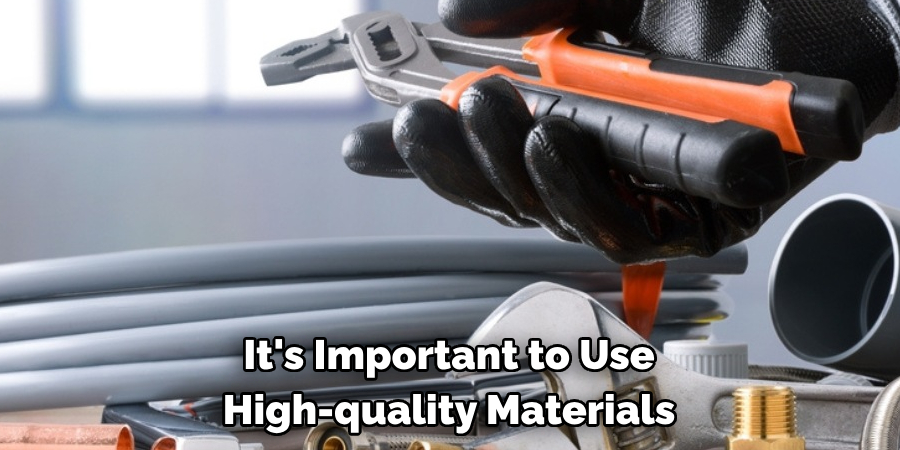
Building a catch basin may seem like a daunting task, but with the right materials and knowledge, it can be a manageable project. By following these steps on how to build a catch basin and considering the important factors before starting, you can successfully build a catch basin that will help protect your property and the environment for years to come.
Just remember to maintain your catch basin regularly to ensure its effectiveness in preventing flooding and protecting water quality. So, don’t wait any longer to start building your own catch basin and make a positive impact on your community and the environment.
12 Steps on How to Build a Catch Basin
Step 1: Determine the Location
The first step in building a catch basin is determining its location. It should be placed in an area where water naturally accumulates, such as along a slope or at the bottom of a hill. You should also consider the proximity to a downspout or other source of runoff.
Step 2: Mark the Area
Using spray paint or markers, mark out the outline of the catch basin on the ground. Make sure it is large enough to accommodate the necessary size and shape. But also consider the space needed for maintenance access.
Step 3: Dig the Hole
Dig a hole within the marked area, making sure it is at least 6 inches deeper than the height of your concrete blocks or bricks. This will allow room for a layer of gravel at the bottom. While digging, make sure to create a slope towards the outlet of the catch basin for proper drainage.
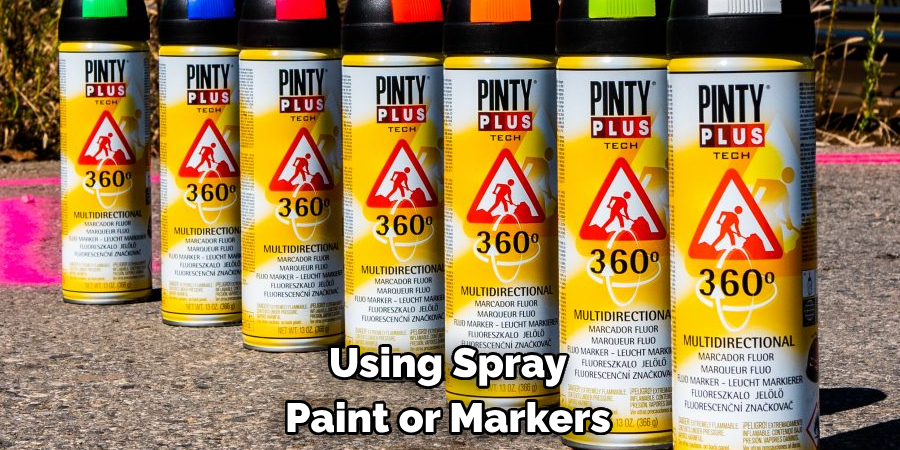
Step 4: Compact the Soil
Using a tamper or compactor, compact the soil at the bottom of the hole to create a stable foundation for your catch basin. As you compact, make sure the slope towards the outlet is maintained.
Step 5: Add Gravel Base
Add a layer of gravel on top of the compacted soil. This will provide additional drainage and help stabilize your catch basin. And make sure the gravel is level and compacted as well.
Step 6: Lay the Concrete Blocks or Bricks
Begin to lay your concrete blocks or bricks on top of the gravel, following the outline you marked earlier. Use a level to ensure they are even and adjust as necessary. As you lay each block, make sure it is tightly packed against the previous one for stability.
Step 7: Secure the Blocks or Bricks
If needed, use a strong adhesive to secure the blocks or bricks together. This will help reinforce the structure and prevent any shifting over time. However, if you are using interlocking blocks, this may not be necessary.
Step 8: Install the Perforated Pipe
Place a layer of gravel on top of the blocks or bricks, then lay the perforated pipe in the center. The end with holes should face downwards towards the outlet. If needed, use PVC connectors to join multiple sections of pipe together. And make sure the pipe is sloped towards the outlet for proper drainage.
Step 9: Cover the Pipe with Gravel
Add a layer of gravel on top of the perforated pipe, making sure it covers at least half of its height. This will help filter out debris and prevent clogs in the pipe. Moreover, it will also help with proper water flow and drainage.
Step 10: Add the Grate or Filter
Place a grate or filter over the inlet of the catch basin. This will prevent debris from entering and clogging the system. If using a filter, make sure to clean or replace it regularly to maintain its effectiveness.
Step 11: Backfill and Compact
Backfill the remaining space around the catch basin with soil, making sure to pack it tightly and compact it as you go. This will help stabilize the structure and prevent any shifting over time. And make sure the area is level with the surrounding ground.
Step 12: Finish and Maintain
Finally, add any finishing touches, such as landscaping or decorative coverings, to blend the catch basin into its surroundings. And remember to maintain your catch basin regularly by removing debris and checking for any damage or clogs. With proper care, your catch basin will effectively manage excess water and protect your property and the environment.
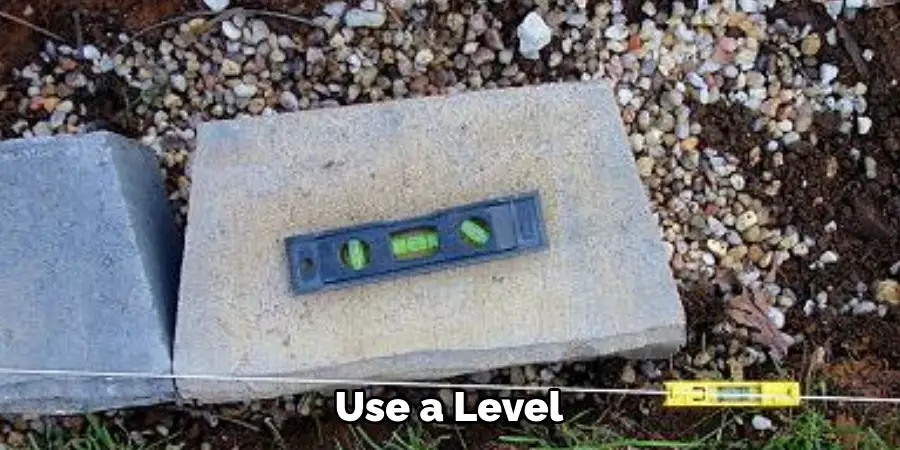
So, take pride in your catch basin and its contribution to a more sustainable future. Keep it clean and functional for the benefit of all. Happy building! For more information on water management and drainage solutions, consult with professionals in your area or visit online resources for helpful tips and advice.
8 Things to Avoid When Building a Catch Basin
1) Placing the Catch Basin in the Wrong Location
As mentioned earlier, it’s crucial to choose the right location for your catch basin to ensure its effectiveness. Avoid placing it in areas that are prone to erosion or where water does not naturally accumulate.
2) Using Poor Quality Materials
Using low-quality materials will result in a weaker and less durable catch basin. This can lead to frequent repairs and replacements, costing you more time and money in the long run. Invest in quality materials to ensure the longevity and effectiveness of your catch basin.
3) Neglecting Proper Slope and Drainage
Proper slope and drainage are essential for a functional catch basin. Make sure to create a gradual slope towards the outlet when digging the hole, laying the blocks, and installing the pipe. This will prevent water from pooling and ensure proper flow towards the catch basin.
4) Skipping Maintenance
Regular maintenance is crucial for the effectiveness of your catch basin. Neglecting it can result in clogs, damage, and reduced performance. Make sure to regularly remove debris and check for any issues that need attention.
5) Not Securing the Blocks or Bricks
Failing to secure the blocks or bricks in your catch basin can result in shifting and instability over time. This can compromise its effectiveness and lead to potential damage. However, be cautious when using adhesives, as they can make repairs or replacements more challenging in the future.
6) Not Using a Grate or Filter
A grate or filter is essential for preventing debris from entering and clogging your catch basin. Neglecting this step can result in costly repairs and reduced effectiveness. Make sure to choose a durable and easy-to-clean grate or filter.
7) Overlooking Proper Backfill and Compaction
Backfilling and compacting the soil around your catch basin is crucial for its stability and performance. Neglecting this step can lead to shifting, potential damage, and reduced effectiveness over time.
8) Not Consulting with Professionals
It’s always wise to consult with professionals when building a catch basin, especially if you are unfamiliar with the process or have unique terrain and drainage needs. They can provide expert advice and ensure your catch basin is properly installed for optimal effectiveness.
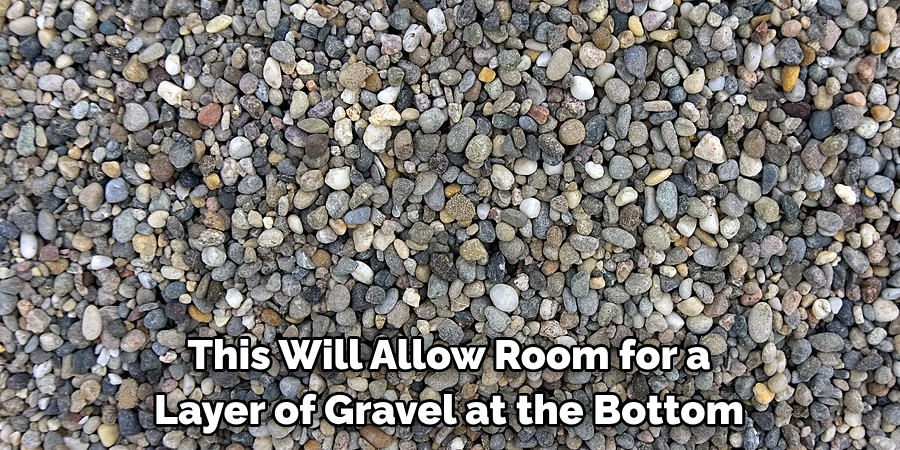
So, don’t hesitate to seek professional help when needed. It will save you time, effort, and potential issues in the future. With these tips on how to build a catch basin in mind, you can confidently build a functional and effective catch basin for your property. Remember to prioritize proper location, materials, slope and drainage, maintenance, and professional advice for the best results. Happy building! For more information on water management and drainage solutions, consult with professionals in your area or visit online resources for helpful tips and advice.
8 Additional Tips for Proper Catch Basin Maintenance
1) Regularly Check and Remove Debris
As mentioned earlier, regular maintenance is crucial for the effectiveness of your catch basin. Make sure to regularly check and remove any debris that may have accumulated in the grate or filter. While it may seem like a small task, neglecting this step can lead to clogs and reduced performance over time.
2) Keep the Inlet and Outlet Clear
Aside from the grate or filter, make sure to also keep the inlet and outlet of your catch basin clear. Remove any debris or obstructions that may be blocking the flow of water. This will ensure proper water flow and drainage.
3) Check for Damage
Regularly inspect your catch basin for any signs of damage, such as cracks or shifting blocks. Addressing these issues early on can prevent further damage and ensure the longevity of your catch basin.
4) Ensure Proper Slope
Over time, the slope of your catch basin may shift due to settling soil or erosion. Make sure to regularly check and adjust the slope if needed to ensure proper water flow towards the catch basin.
5) Clean Surrounding Area
In addition to cleaning and maintaining the catch basin itself, make sure to also clean the surrounding area. This will prevent debris from accumulating and potentially entering your catch basin.
6) Address Clogs Immediately
If you notice reduced water flow or pooling of water near your catch basin, it may be a sign of a clog. Address the issue immediately to prevent further damage and maintain the effectiveness of your catch basin.
7) Watch for Signs of Poor Drainage
Your catch basin is designed to manage excess water, so if you notice any signs of poor drainage around your property, it may be a sign of a malfunctioning catch basin. Make sure to regularly inspect and address any issues for optimal water management.
8) Consult with Professionals
If you are unsure about any aspect of catch basin maintenance or notice any significant issues, don’t hesitate to consult with professionals. They can provide expert advice and address any concerns to ensure the proper functioning of your catch basin. Remember, proper maintenance is key to a functional and long-lasting catch basin.
Keep these tips on how to build a catch basin in mind for optimal results, and consult with professionals if needed. Happy maintaining! For more information on water management and drainage solutions, consult with professionals in your area or visit online resources for helpful tips and advice.
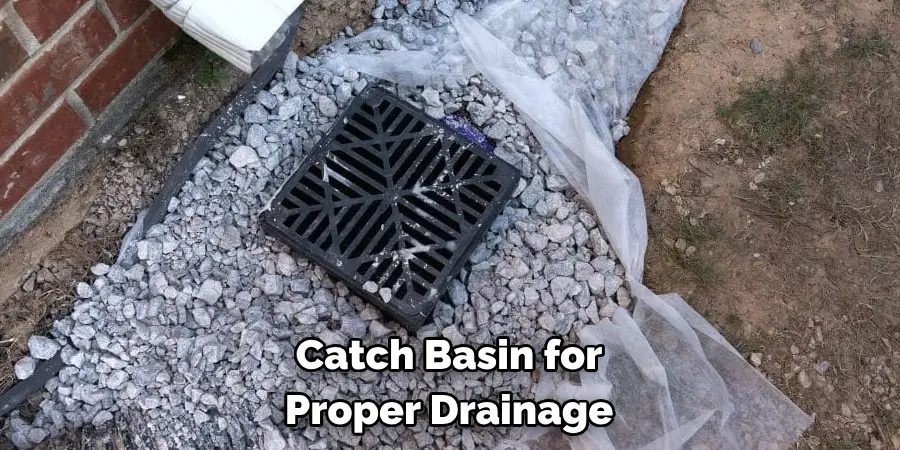
Frequently Asked Questions
How Often Should I Clean My Catch Basin?
It is recommended to clean your catch basin at least twice a year or more frequently if you notice any signs of debris accumulation or clogs. Regular cleaning helps prevent potential issues and ensures optimal performance.
Can I Clean My Catch Basin Myself?
Yes, you can clean your catch basin yourself using basic tools and equipment. However, it is always recommended to seek professional help for more complex maintenance tasks or if you are unsure about any aspect of catch basin maintenance.
How Do I Know If My Catch Basin Needs Maintenance?
Some signs that your catch basin may need maintenance include reduced water flow, clogged or obstructed inlet and outlet, pooling of water near the catch basin, and visible damage to the structure. Regular inspection can also help identify any potential issues before they become major problems.
What Happens If I Don’t Maintain My Catch Basin?
Neglecting catch basin maintenance can lead to clogs, damage, and reduced effectiveness over time. This can result in costly repairs and potential issues with your property’s drainage system. Regular maintenance is key to ensuring optimal performance of your catch basin.
Can I Install a Catch Basin Myself?
While it is possible to install a catch basin yourself, it is recommended to consult with professionals for proper installation. They can ensure the location, materials, and slope are all appropriate for your specific needs and property. Make sure to also consult with local authorities for any permits or regulations that may apply. For more information on catch basin installation, maintenance, and professional services, consult with experts in your area or visit online resources for helpful tips and advice.
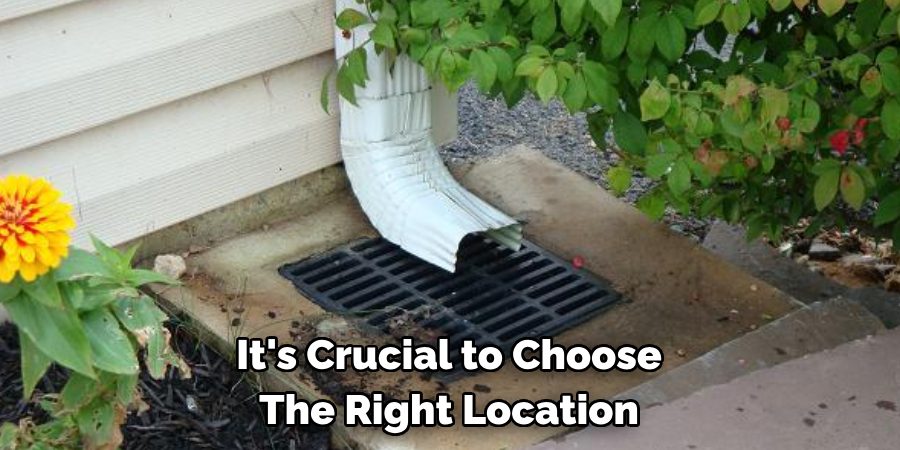
Conclusion
Proper catch basin maintenance is crucial for effective water management and drainage on your property. Regularly clean, inspect, and maintain your catch basin to prevent potential issues and ensure optimal performance. Consult with professionals if needed for expert advice and assistance. Remember, a well-maintained catch basin will save you time, effort, and potential problems in the future. Happy maintaining! For more information on water management and drainage solutions, consult with professionals in your area or visit online resources for helpful tips and advice on how to build a catch basin. Keep building and maintaining with confidence!

